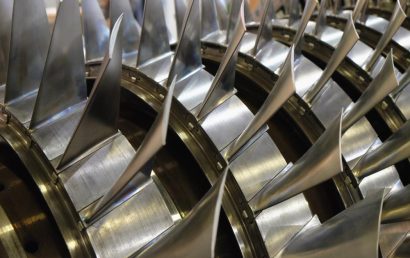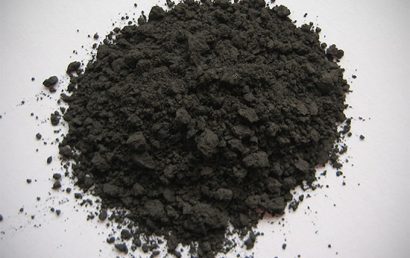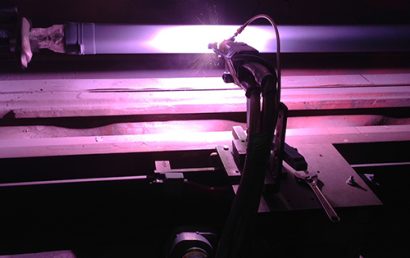Why It’s Normal For Metal Alloy Castings to Feature Some Degree of Porosity
It is a complicated process indeed, the way molten metal freezes in a shaped casting. Let’s take a look at metal alloy castings and why some degree of porosity can be expected in most cases.
That Complicated Process Of Molten Metal Freezing
Due to chilling from the mold surface, typically, the first metal to freeze at the surface of the mold is dense and fine grained. Molten metal shrinks as it solidifies. Pores will form if sufficient liquid metal is not delivered to the front of the solidification. The most common mode of solidification in commercial castings can be compared to a forest of branched trees, if you can picture that. It may be referred to as “dentritic solidification”.
The dentrites grow together during cooling, which makes it harder for molten metal to find its way into the interdentritic regions that remain unfilled. Porosity is formed when the liquid trapped in the isolated areas freezes. In alloy castings, shrinkage porosity formation is a common occurrence.
The Process Continues
As shape complexity increases, solidification shrinkage becomes more pronounced. Shrinkage porosity can be minimized however by a quick-thinking casting engineer. Risers and gates can be designed by the engineer that will affect the liquid metal. The point is to maximize the amount fed into the internal regions of the casting.
It can, however, be nearly impossible to eliminate porosity shrinkage completely do to the shape and nature of real parts.
Porosity In the Thermal Spray Industry
When, within sprayed coatings, there are voids, these can sometimes be referred to as cavity type discontinuities or porosity. At all costs, voids like this must be avoided when using/applying thermal spray coatings.
As an example, if a thermal spray coating is being applied/used to prevent corrosion, invalid corrosion protection will result if pores or voids are infiltrated by the corrosive medium in question. The thermal spray coating is, therefore, ineffective due to porosity.
To increase the resistance to corrosion, thermal spray coatings must be applied evenly (a uniform thickness) and without voids of any kind. Specific glazes, materials, and sealing technology is used by highly skilled thermal spray technicians to avoid problems such as ineffective coatings resulting from porosity.
The Medical Industry and Thermal Spray
Today, orthopedic (and other) implants are placed in the human body for a variety of reasons. In days of old, because no adequate thermal spray coatings covered them, a little something from the implants slowly leaked into the body over time. One can only begin to attempt to imagine the problems that could arise from this type of situation.
But, thanks to today’s high-tech methods of application and the materials being used in thermal spray coatings on medical implants, this situation can be avoided. Yet another example of how porosity would end up being a problem, were coating voids not avoided.
For over 70 years, A & A Coatings has been at the forefront of the thermal spray industry. We devote our services exclusively to the application of hard faced, ceramic, cermet, and metal coatings. We offer unmatched service combining our coatings specialization with our machining, lapping, and grinding capabilities. Contact us today if you have questions about modern-day thermal coatings.



